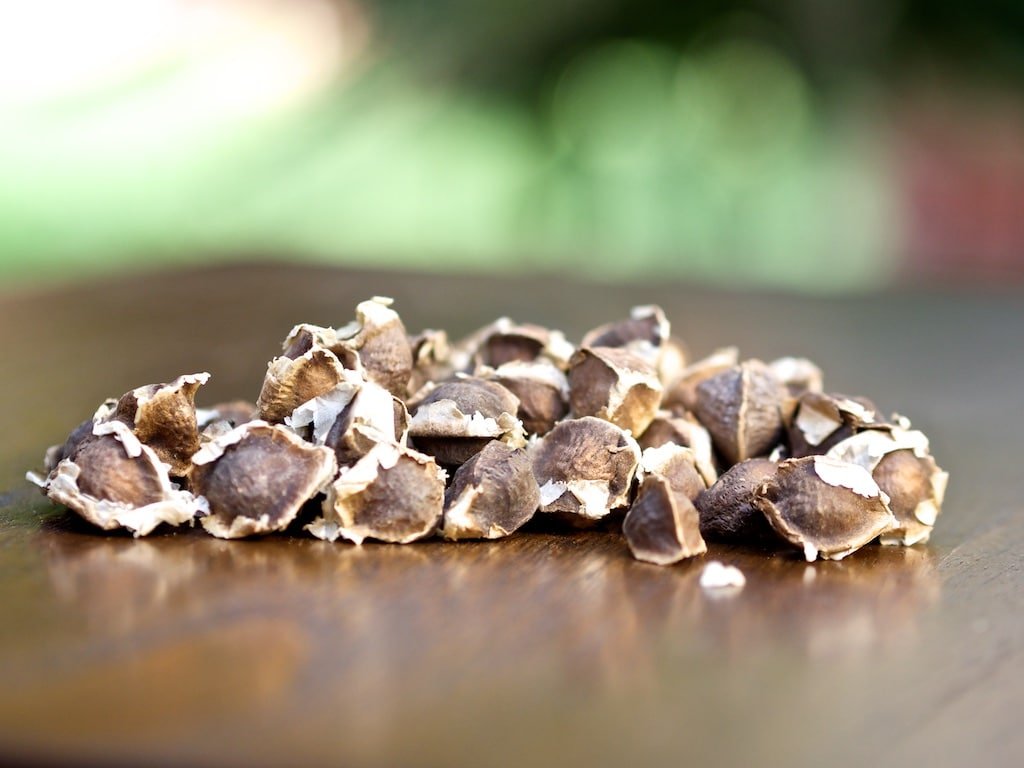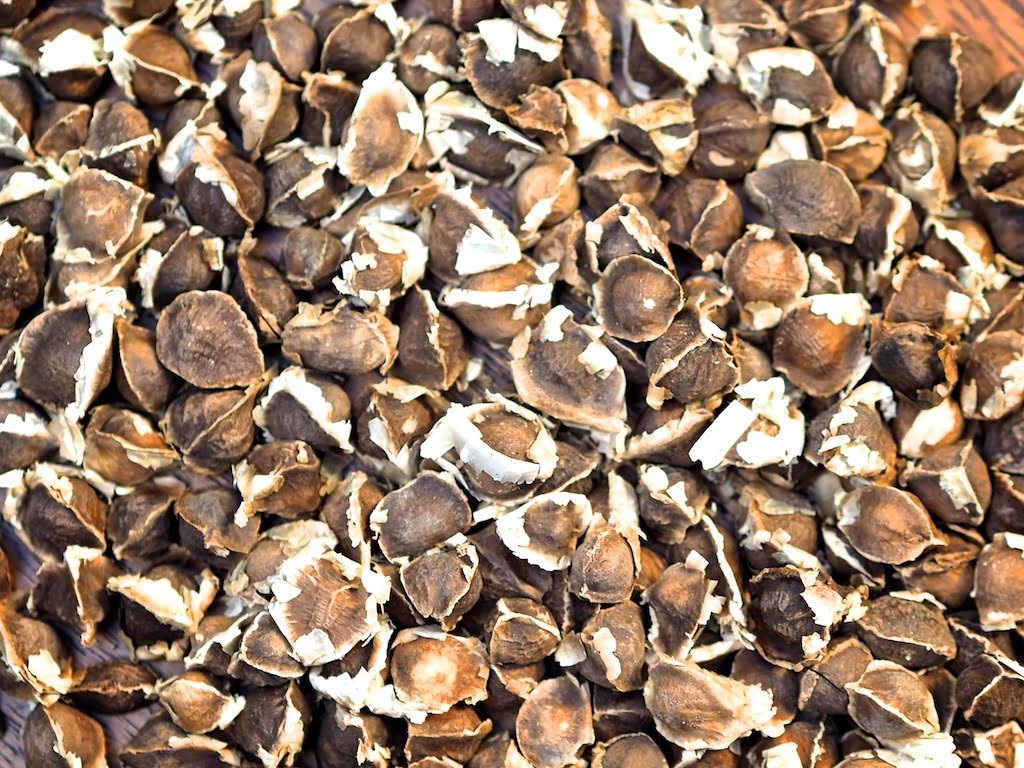Moringa oleifera, commonly known as the drumstick tree, is a fast-growing, drought-resistant tree native to the Indian subcontinent. It is valued globally for its nutritional, medicinal, and industrial benefits. The seeds of the Moringa tree are especially prized for their oil-rich content and potential in water purification. In this article, we will explore the best practices for harvesting and preserving Moringa seeds to maximize their quality and longevity.
Understanding the Moringa Tree
Before delving into the specifics of seed harvesting and preservation, it is essential to understand the lifecycle and growing conditions of Moringa oleifera. The tree thrives in tropical and subtropical climates but can be grown in temperate regions during the warmer months. Moringa trees prefer well-drained sandy or loamy soil and can tolerate poor soil conditions and drought, making them ideal for arid climates.
Optimal Time for Harvesting Moringa Seeds
The timing of seed harvesting is crucial for ensuring the highest quality of Moringa seeds. Moringa pods are ready for harvest when they have matured and their exterior has transitioned from green to brown or gray. This typically occurs 6 to 8 months after the flowering period. Harvesting too early can result in seeds with low oil content and reduced germination rates, while delaying harvest can lead to seed spoilage or loss due to natural dispersal.
Harvesting Techniques
Harvesting Moringa seeds is generally done manually. The pods can be removed from the tree using a pruning shear or by hand if within reach. Care should be taken to handle the pods gently to avoid damaging the seeds inside. Once harvested, the pods should be laid out to dry in a well-ventilated, shaded area until the seeds can be easily extracted by breaking open the pods.
Processing Moringa Seeds
After harvesting, the seeds need to be processed to remove impurities and prepare them for storage or oil extraction. The steps are as follows:
- Drying: Proper drying is essential to reduce moisture content and prevent fungal growth. Seeds should be spread in a thin layer and stirred regularly to ensure even drying. This process can take several days, depending on the humidity and temperature.
- Dehusking: Moringa seeds are encased in a hard shell that should be removed before storage or oil extraction. Dehusking can be done manually or with the help of mechanical shellers.
- Winnowing: This process involves blowing air through the seeds to remove husks and other light particles. Winnowing ensures that only clean seeds are stored or processed further.
Preservation Methods for Moringa Seeds
Proper preservation is key to maintaining the viability and quality of Moringa seeds. Below are some effective preservation techniques:
- Storage Conditions: Moringa seeds should be stored in a cool, dry place. The storage area should be free from pests and rodents. Silica gel can be used to control moisture and maintain a dry environment.
- Packaging: Seeds should be packed in airtight containers to protect them from moisture and air. Vacuum-sealed bags are an excellent option for long-term storage.
- Temperature Control: Storing seeds at lower temperatures can significantly extend their shelf life. If possible, storage in refrigerated conditions can be beneficial.
- Seed Treatments: Treating seeds with natural fungicides or pesticides can help prevent mold and pest infestations. Neem oil is a natural option that can be used to coat the seeds before storage.

Utilization of Moringa Seeds
Moringa seeds have several uses, each benefiting from proper seed quality:
- Oil Extraction: Moringa seed oil is highly valued for its nutritional and industrial applications. The seeds contain approximately 40% oil, which can be extracted using cold press methods to retain its beneficial properties.
- Water Purification: Moringa seeds contain coagulating properties that can be used to purify water. Crushed seeds are added to water to attract dirt and other contaminants, which then settle to the bottom.
- Plant Propagation: High-quality seeds are essential for growing new Moringa trees. Seeds with high germination rates ensure healthy plant growth and are crucial for agricultural projects.
Challenges in Moringa Seed Harvesting and Preservation
Despite its hardiness, harvesting and preserving Moringa seeds face several challenges:
- Climate Variability: Unpredictable weather conditions can affect the timing and quality of the harvest.
- Pest and Disease Management: Without proper management, pests and diseases can damage seeds both on the tree and during storage.
- Logistical Issues: In remote areas, accessing markets and processing facilities can be challenging, affecting the economic viability of harvesting Moringa seeds.
Conclusion
Moringa seeds offer significant health and economic benefits, making their effective harvesting and preservation vital. By following the guidelines outlined above, farmers and gardeners can ensure that they maximize the quality and utility of their Moringa seeds, contributing to the sustainability and profitability of their endeavors. Whether for direct consumption, agricultural use, or industrial applications, well-preserved Moringa seeds continue to offer immense potential in various sectors worldwide.
Ajigofarms is a reliable global agricultural purchase sourcing with profound expertise in the manufacturing, and exportation of food crops. We are tested, and trusted suppliers of all kinds of cash crops and food crops. Our constant supply chain solution makes exporting easy, quick, and safe, we are identified with timeliness and meeting up with deadlines. Regardless of the region you are located in worldwide, you can reliably order your Agric products and be rest assured of successful delivery.




